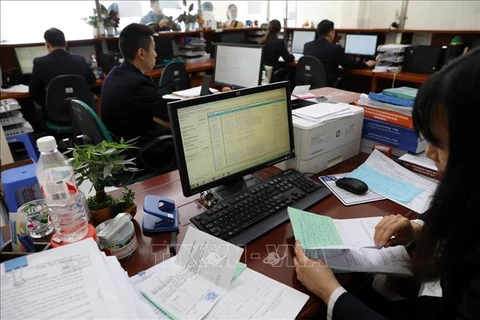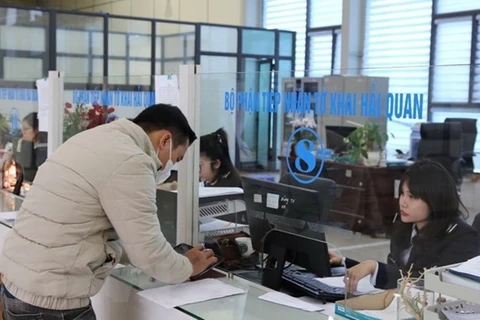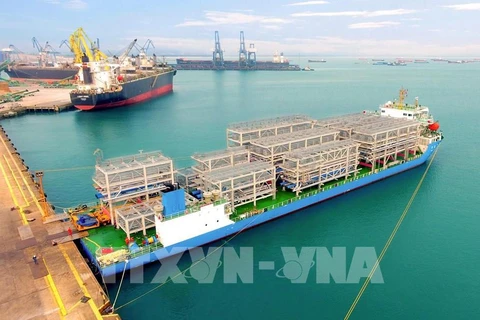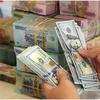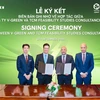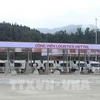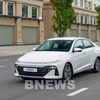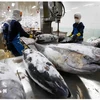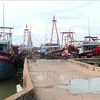Hanoi (VNA) – The State budget's revenues from export-import activities hit over 152.94 trillion VND (6.5 billion USD) in the first five months of this year, making up 36% of the estimate, down 18% year on year, the General Department of Vietnam Customs (GDVC) reported on June 7.
During the period, the country's total export-import value was estimated at 262.54 billion USD, down 14.7% year-on-year. Of which, the export turnover reached 136.17 billion USD while the import value was 126.37 billion USD, down 11.6% and 17.9%, respectively.
In May, the customs sector only collected more than 30 trillion VND, marking a month-on-month decrease of 6.23%.
The GDVC’s Export-Import Tax Department attributed the decrease to the fall in the taxable import value of certain items, such as completely built-up automobile, iron and steel, mobile phones and components.
For the first time, Vietnam had witnessed a higher number of temporary and permanent business withdrawals from the market than the number of enterprises joining or re-entering the market. The global supply chain continued to face the risk of disruption and fragmentation, leading to various consequences for export-import activities and economic growth.
Major economies that are importers of Vietnamese goods, such as the US and the European Union (EU), reduced their purchasing targets for conventional and luxury products, resulting in a decrease in orders, particularly in sectors such as apparel, footwear, furniture manufacturing, metal production.
This year, the GDVC was assigned by the National Assembly to collect 425 trillion VND (over 18 billion USD) for the State budget, providing that that the country's GDP growth will hit 6-6.5%, crude oil price reaches 70 USD per barrel, and export and import turnover rises by 8-9% and 7-8%, respectively./.

